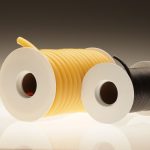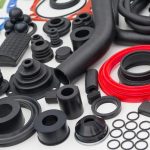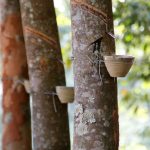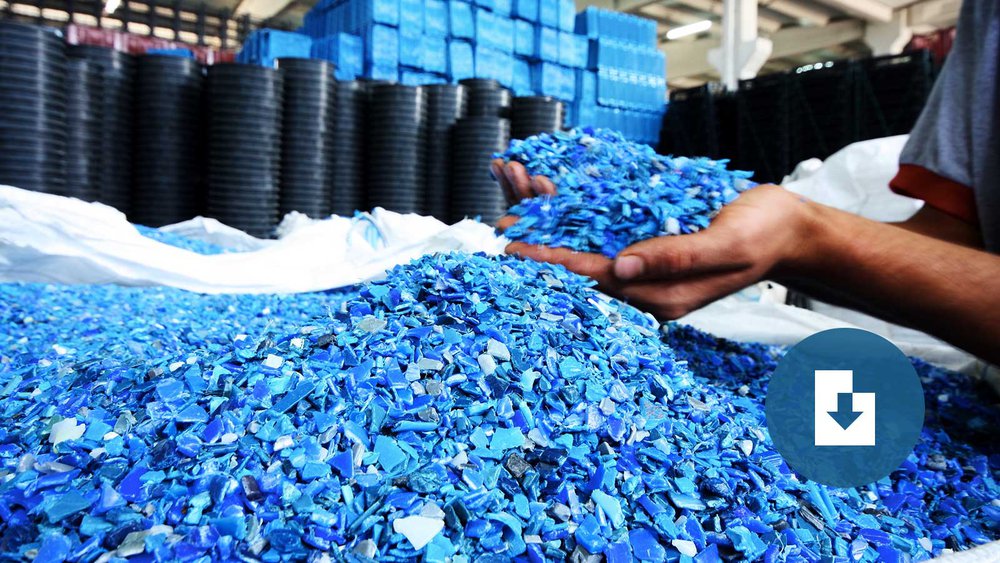
Natural Rubber and how it is made.
The process begins with harvesting latex from rubber trees. A cut is made in the tree’s bark and a cup is attached below the cut on the tree. Latex flows into this cup, which is then poured in large tanks. This process of extracting rubber is called coagulation where the latex curdled or thickened. For this formic acid is added to the Latex and this process is 12 hours long for the coagulation process to be complete. Rollers are then used to squeeze out the water. The rubber sheets are then dried on top of wooden racks in smoke houses. This process takes many days. These sheets become dark brown in colour and are called ribbed smoke sheets. They are then rolled into bales and sent to the processor.
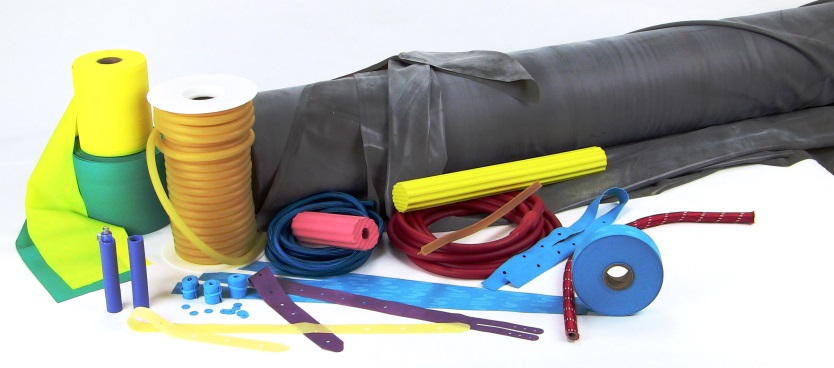
How is synthetic rubber created?
Many different kinds of rubbers have been created in the past years. The process followed is polymerisation of molecules. A process called addition polymerisation binds together molecules into long chains. Condensation polymerisation is another process that leaves out a portion of the molecule when molecules are linked together. Some examples of addition polymers include an oil- and gasoline-resistant rubber, synthetic rubbers made from polychloroprene (neoprene rubber) and styrene butadiene rubber (SBR) which is used for the non-bounce rubber in tires.
How is rubber processed?
Both natural and synthetic rubber arrive at plants which further process the rubber. There are four steps followed in the process – Compounding, Mixing, Shaping and Vulcanisation. This varies at times to suit the outcome expected. Compounding is a process where chemicals and other additives are added to customise the rubber for the intended use. Depending on what kind of rubber is needed, additives are added accordingly and mixed with the rubber at high temperatures due to the high viscosity of rubber. Based on the final requirement rubber is then shaped and then vulcanised. Vulcanisation creates the cross-connections between the polymers of rubber, and the process varies depending on the requirements of the final rubber product.

